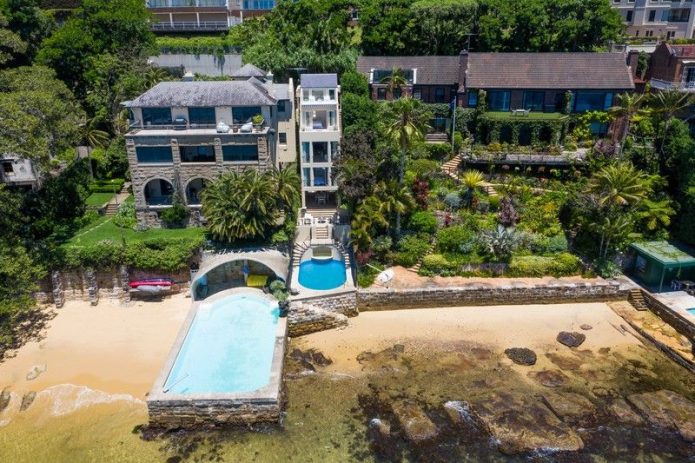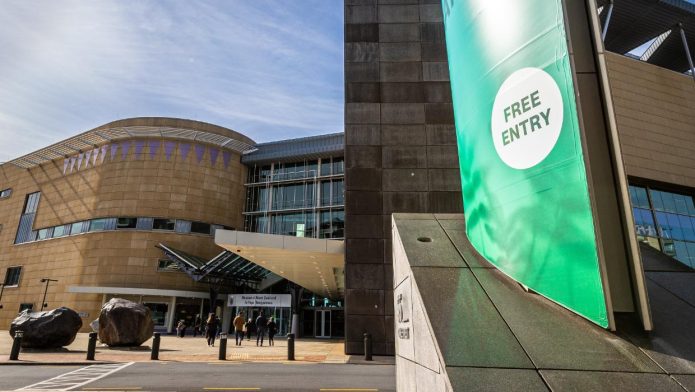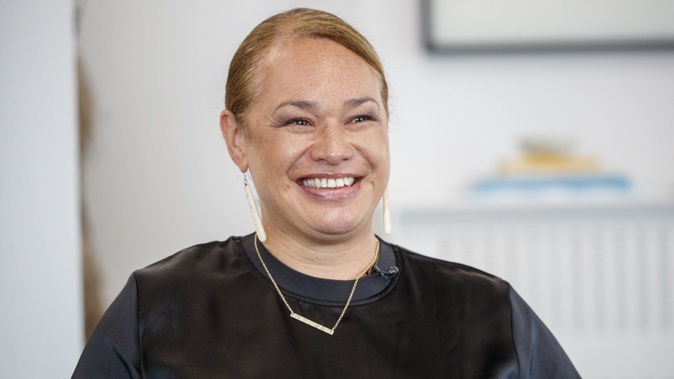PHOTO: FILE
As housing affordability continues to be a pressing issue in New Zealand, many struggling home-buyers and homeowners are seeking alternative solutions to secure or retain their properties. One such solution has been the increasing reliance on non-bank lenders, also known as second-tier lenders. These lenders, including companies like Resimac, Liberty, and Bluestone, offer home loans with different lending criteria and higher interest rates compared to traditional banks. This shift towards non-bank lenders is providing a lifeline for those facing financial difficulties, including those at risk of mortgagee sales.
The Role of Second-Tier Lenders
Second-tier lenders have become an essential option for individuals who may not meet the strict lending criteria of traditional banks. Mortgage adviser Karen Tatterson from Loan Market explains that people facing mortgagee sales often turn to non-bank lenders as a last resort. “Many times the owners leave the investigation via a mortgage adviser too late in the process. This results in the property being listed and then cancelled once second-tier lending has been approved,” Tatterson says.
While non-bank lenders typically charge higher interest rates, they offer more flexible lending terms, which can be a crucial factor for those in urgent need of financial assistance. For example, Resimac offers a floating rate of 8.09 percent, a two-year rate of 6.3 percent, and a one-year rate of 6.7 percent. In comparison, Liberty advertises a floating rate of 8.15 percent, a two-year rate of 7.75 percent, and a one-year rate of 8.05 percent. These rates are higher than those of traditional banks, such as ASB, which offers a floating rate of 7.39 percent, a two-year rate of 5.49 percent, and a one-year rate of 5.79 percent.
Short-Term Solutions and Exit Strategies
Opting for a non-bank lender is often seen as a short-term solution. Tatterson notes that many borrowers use second-tier lending as a temporary measure to hold onto their homes. Typically, after a short period—usually a minimum of six months—the home loan is refinanced from the second-tier lender back to a main bank.
Mortgage adviser Jeremy Andrews from Key Mortgages highlights that second-tier lending has become more common in recent months. “Typically, second-tier lending is priced as floating with options of fixed rates typically fewer and less attractive. This might be off-putting in a rising interest rate market. But this is more attractive right now while in a falling interest rate market,” he explains.
Andrews adds that second-tier lenders can consider “out of the box” incomes and scenarios. For instance, clients with strong equity can borrow and “capitalize” their interest costs, even if they cannot technically service the loan in the short term. This approach requires an “exit strategy,” such as selling the property in the short to medium term or securing other funds or steady income later.
The Impact on Mortgagee Sales
Barfoot & Thompson reports that about 15 percent of mortgagee sales are stopped because agreements are made for the owner to keep the property or because of a court injunction. While non-bank lending provides a crucial safety net, it is not without its challenges. The fees associated with second-tier lenders can range from a few hundred dollars to thousands or sometimes 2 percent or 3 percent of the total loan value. Additionally, while the initial rates may be below 8 percent, they can increase as the borrower’s risk profile changes.
Market Trends and Outlook
Despite the challenges, the demand for non-bank lending remains steady. Reserve Bank data shows that the amount of housing lending by non-bank institutions has fluctuated over the past few years. From $6.05 billion in November 2022, it dropped to $5.4 billion in November 2024, and then picked up to $5.78 billion in July 2024.
David Cunningham, chief executive of Squirrel, emphasizes that mortgagee sales remain infrequent due to the competitive pricing and effectiveness of traditional banks. However, non-bank lenders play a vital role in accommodating borrowers who fall outside the conventional lending criteria.
SOURCE: RNZ











